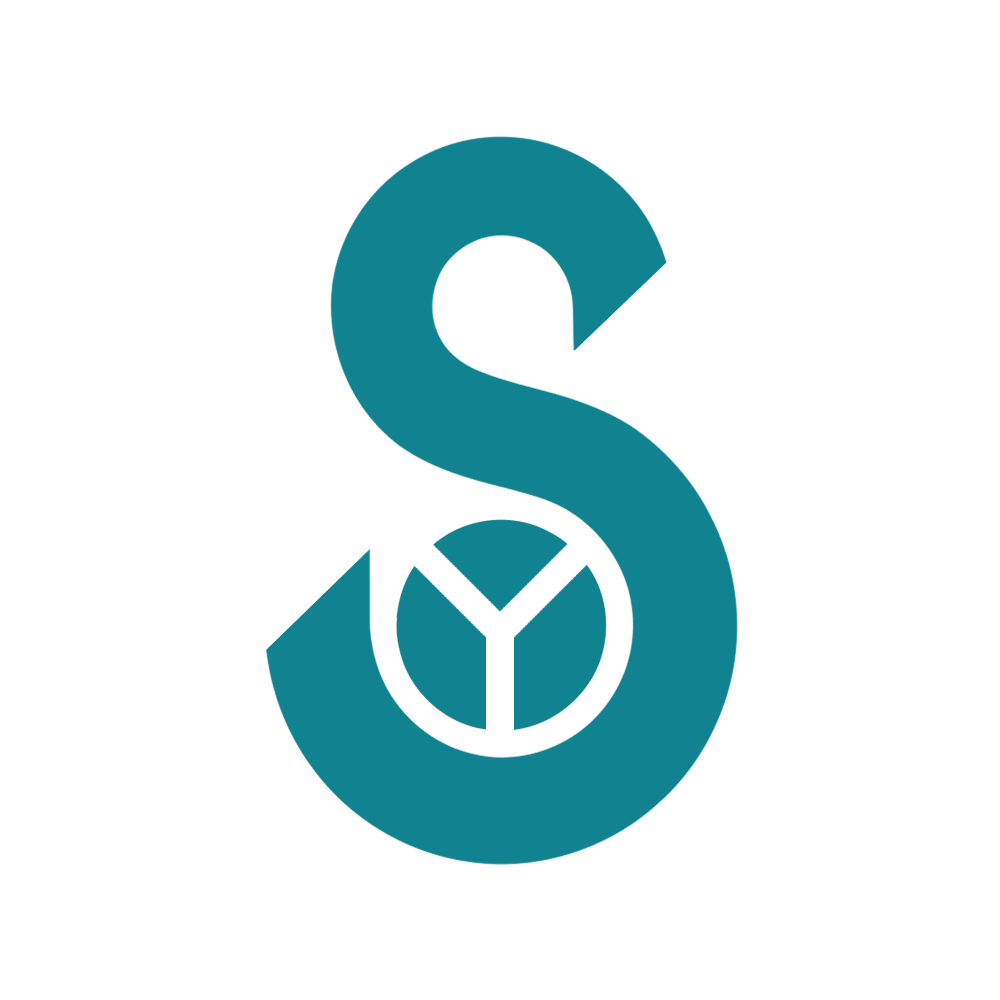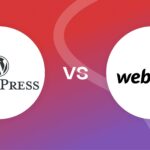As a graphic designer, deciding between freelancing and working at an agency is one of the most important career choices you’ll make. Each path offers unique opportunities and challenges, so understanding their differences can help you determine which aligns with your goals and lifestyle. Let’s break down the pros and cons of both options to guide your decision.
Freelancing: The Solo Adventure
Freelancing offers unparalleled freedom and flexibility, making it an attractive choice for designers who value autonomy. However, this path also requires a high degree of self-motivation and business acumen.
Pros of Freelancing
- Flexibility
- Set your own schedule and work from anywhere.
- Choose projects that align with your interests and passions.
- Unlimited Earning Potential
- Your income is directly tied to your effort and the rates you charge.
- High-demand niches can yield significant profits.
- Creative Control
- You have the freedom to take on projects that excite you without needing to compromise with a team or supervisor.
- Diverse Experience
- Work with a variety of clients across industries, building a versatile portfolio.
Cons of Freelancing
- Inconsistent Income
- Client demand can fluctuate, leading to unpredictable earnings.
- Administrative Responsibilities
- You’ll manage contracts, invoices, taxes, and marketing yourself.
- Isolation
- Without colleagues, freelancing can feel lonely at times.
- No Benefits
- Health insurance, retirement plans, and paid leave are your responsibility.
Agency Work: Team-Oriented and Structured
Working at a design agency offers stability and collaboration, making it ideal for those who thrive in structured environments. Agencies often provide exposure to larger projects and a built-in support system.
Pros of Agency Work
- Stability
- Enjoy a steady paycheck and access to benefits like healthcare and vacation time.
- Team Collaboration
- Work alongside other creatives, fostering skill-sharing and innovation.
- Access to High-Profile Projects
- Agencies often work with established brands, offering experience you might not get as a freelancer.
- Professional Development
- Opportunities for mentorship, training, and career growth within the company.
Cons of Agency Work
- Less Flexibility
- Fixed schedules and office-based work (though remote options are increasing).
- Creative Limitations
- Projects must align with the agency’s direction and client expectations, limiting personal expression.
- Workload Pressure
- Agencies can be fast-paced, with tight deadlines and demanding clients.
- Limited Control
- You have less say in the types of projects you work on and how they’re executed.
Which Path Is Right for You?
The choice between freelancing and agency work ultimately depends on your personality, career goals, and lifestyle preferences. Here are some questions to help you decide:
- Do you value stability or independence more?
- Are you comfortable handling business tasks, or do you prefer focusing solely on design?
- Do you thrive in collaborative environments, or do you enjoy working solo?
- What are your long-term career aspirations?
For those who can’t decide, consider a hybrid approach. Many graphic designers start their careers in agencies to build experience and networks, then transition to freelancing once they’re confident in their skills and client management abilities.
Conclusion
Both freelancing and agency work offer rewarding paths for graphic designers. By understanding the advantages and drawbacks of each, you can make an informed choice that aligns with your personal and professional goals. Whichever route you choose, remember that adaptability and a commitment to growth will be key to your success in the ever-evolving field of graphic design.






